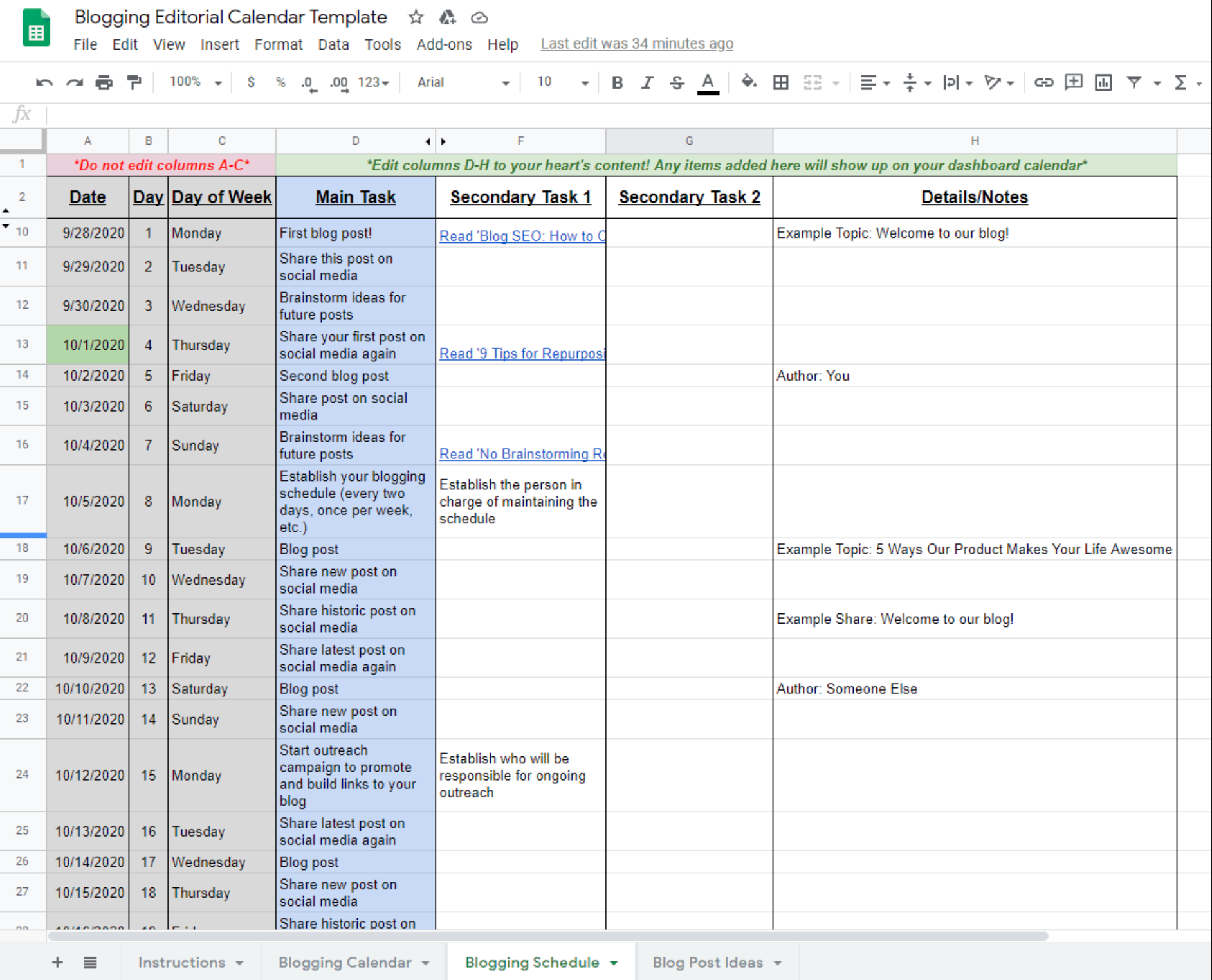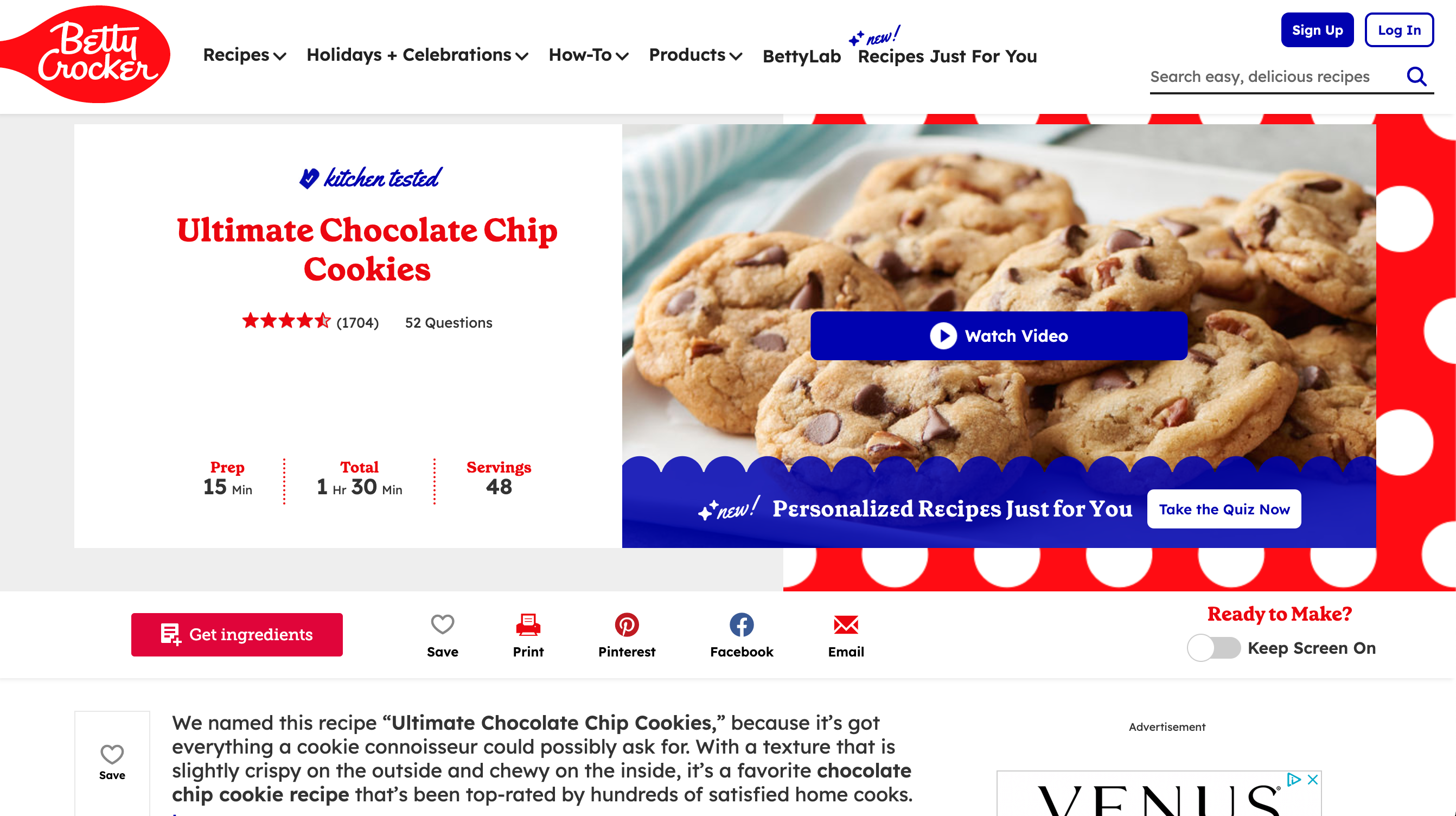Are you not offering your audience enough content? Perhaps this is why your traffic isn’t as high as you’d like. And you can even grab new visitors to your site by putting your blog out there for all to see!
So how do you get started bringing attention to your brand through blogging? There are a few steps you should take when planning your blog. TruVISIBILITY’s new Blogs app is seamless to manage and write in as well as manage on your own website. Read on for more ways you can start a successful blog.

Table of Contents
How Blogging Can Help Any Business
As we mentioned, blogging can help you bring in lots of potential customers and gain you a ton of leads if planned out well enough.
Businesses can benefit greatly from taking the time to write blog articles every week, every month, or even a few times each week to cover topics their customer base will likely appreciate.
Bring Attention to Your Brand
Your blog can be advertised on social media in a less “sales-y” way than simply posting your website on all your channels. This means more eyes are likely to click on an article that peaks their interest.
This is because you can place a very specific (but catchy) headline with your article when you advertise it online.
Gives Audiences Free Valuable Content from Your Business
Whether your article is intended to give your audience entertainment, education, or something else they can use or learn, it is going to show your potential clients that your business can provide priceless value.
What else is nice about blogging? People appreciate that it is free. Let’s say they only go to your blog once or twice for a few helpful articles about baking the best homemade bread. Chances are good they will come back for more. And hey, maybe they will even see you advertising that new bread maker from your store and buy it after seeing how great it worked in one of your articles!
Gives You Opportunities to Sell Your Services or Products
This brings into how beneficial articles are to bring you customers that you can market to later after collecting their information. Do this by talking up your service or products in an article.
For example, you may sell beauty products and have a blog speaking on several topics about skincare. You can highlight how to use your skincare line in the articles. This will tempt some (or many!) people to purchase from you.
Even if you don’t make a sale immediately, you can gather a lead with a form in the middle of your articles so readers can subscribe to receive more information about newsletters, new blog article updates, etc.
11 Effective Blogging Tips
Let’s get to the greatest steps to take when you’re just getting started on blogging. Even if you’ve got a great business plan and are doing well with the blog you have, there are always ways to get more out of it.
1) Identify Your Target Audience and the Goals and of Your Blog
If you’ve already established a profitable blog page on your website, then you likely know who your audience is and how to grab their attention. If you haven’t figured out what your goal is with building your blog, however, this should be your number one step.
Common business goals of a blog can be all or a few of the following:
- Bring in more traffic to your website
- Bring in traffic to your blog page, specifically
- Make sales on products
- Make sales on services
- Entertain your audience to entice them to follow you on your social channels (like Twitter, Facebook, Instagram, etc.)
- Teach visitors something related to your services or products
You can see that all these goals are giving your potential customers some value. The goal of each article can vary (such as advertising a specific product of yours), but the blog overall should have either a main goal or goals. This will alter how you write your articles a little bit as well, which we will cover in this list.
2) Run a Marketing Analysis on Competitors
By analyzing your competitors, you can get a deeper understanding of what’s trending in your niche. It’ll also help you see what kind of blog topics and formats resonate with your audience.
If you’re not sure how to analyze your competitors, use this free template for competitive content analysis and focus on the following:
- Identify the key websites creating content in your niche (even if they’re not your direct competitors)
- Analyze the content categories they have on their blogs, the most popular pages, and the keywords they are ranking for
- Find out what makes each of them unique and what their differentiation points are
- Assess their tone of voice, the visual look, and overall formatting
- Learn about ways they are monetizing their websites
- Examine their social media channels
Imagine you wanted to see which topics and keywords perform well for your competitors.
First, inspect their websites to find the most popular or trending blog section. Or identify topics they seem to target the most.
If you are not sure how to find your competitors, you can start by googling the most important keywords related to your business, such as “Women’s trendy jeans”, and analyzing the websites ranking on the first pages. Check out each of your competitor’s sites as well to see what each business (personal, ecommerce, service industry, etc.) is all about.
3) Choose the Right Blogging Platform
Finding the right content management system (CMS) is important. This is the platform you will use to host and manage your blog.
Choosing the best one will depend on several factors, including your budget, your customization needs, customer support, etc.
If you are launching a corporate blog, you will also need to check whether your existing business website is already being managed via a CMS. If it’s not, think about ways to connect them.
There are many great blogging platforms with varying capabilities. Some include:
- WordPress
- TruVISIBILITY
- Drupal
Using WordPress can be expensive, so you would likely want to choose a web hosting site (like Bluehost) for their WordPress subscriptions.

Or you can use the easy and free way, such as TruVISIBILITY’s platform, which also allows you to create and host your own website, chatbots, landing pages, and much more all in one package for free.
4) Build a Content Strategy
Now that you have a platform and a good understanding of your niche and audience, it’s time to start building a content strategy.
Sure, you can aimlessly cover various blogging topics on the fly and see where they stick. But in the long term, that isn’t always the best solution.
78% of marketers felt their blogs performed better when they had a strategy. With a strategy, marketers can focus on goals more, find areas for improvement, and create more measurable progress.
A good strategy also helps you establish your brand and story more clearly. That way, your audience knows who you are and what you’re about from the beginning.
Documenting your content marketing strategy will involve listing the following items:
- Your target audience
- Primary goals for your blog, such as building a contact list and converting those people into paying customers
- Metrics you’ll use to track performance (like newsletter subscriptions)
- Resources and budget
Next, you’ll move to creating a content plan for your blog that will speak to specific content topics, keywords, dates, promotion tactics, etc.
5) Create a Schedule and Write Consistently
You want your customers to rely on you. You also want them to be repeat readers as your website grows.
Posting consistently shows your readers you are dedicated to your website and its growth. It also helps you rise in the rankings much faster.
When you’re setting up your strategy, be sure to factor in not only a writing schedule but also a posting frequency.
Decide which schedule you want to have. Do you want to alert your audience of a new blog post once a week or twice a week?

6) Write for Your Readers First, Not Search Engines
Writing for search engines is important because you want to rank. But if you write for search engines first, you risk losing your readers and their attention.
And if you’re just writing for yourself, that can also turn readers away. You can still write about topics you’re passionate about while meeting your readers’ needs, though. Recipe blogs are a great example of articles written to make search engines happy even though readers often get frustrated by finding the actual recipe buried in a very long article about the author’s personal life.
7) Write Enticing Titles
There are variations of articles that get more clicks than others because of how their titles are formatted. Here are some variations you may have clicked on yourself:
- “How To” Bake the Best Sugar Cookies
- “Everything You Need To Know About” Diabetes
- “A Guide to” traveling in Europe
- “3, 5, 6, 7, 9, 10 Things You Should” Never Do for Your Pets
Headings with “Guide” in the title attract three times more organic traffic than others, and those containing “How To” outperform by 1.5 times. And did you know that numbers with an odd number in them actually get clicked on more?
8) Write Something Readable
Blog articles that look like walls of text tend to drive readers away, increasing bounce rates and decreasing time spent on the page.
To avoid this, focus on the following:
- Keep your paragraphs short (1-3 sentences at the most)
- Have lots of white spaces
- Add lists, bullet points, and subsections
- Keep your sentences short
- Focus on one idea per paragraph
- Include images and videos to break up your article
- Use bold and italics to highlight important parts of text
9) Decide on the Search Intent Before Writing
Search intent refers to what most people are typing into Google about a certain topic, and it focuses on particular phrases or keywords.
In other words, analyzing the top-ranking pages can help you make decisions regarding:
- Title structure
- Blog post format
- Attributes of the audience searching for your keyword (e.g., beginners vs. advanced)
- Questions and subtopics to cover in the article
- How many images or bulleted points are in each blog
- Optimal length of the blog post
For example, imagine you were analyzing search intent for “sales funnels ideas.”
In that case, you could see that your article should target beginner readers and use the “What Are” or “What Is” structure just by looking at the blog titles you get after searching them in Google.
10) Collaborate with Your Industry Experts and Other Bloggers
Let’s go back to the recipe blog example. You can post a blog article about an interview or conversation you recently had with another food blogger or write an article with a co-writer who is a chef. These are just examples, but you get the idea.
Influencers and other bloggers who have subscribers or followers on social media channels will only help both of your businesses because this will ultimately give you more eyeballs or a new audience that may have not been in your wheelhouse before.
After doing this a few times, you can decide how often you want to collaborate with someone. Make it a schedule or goal to have a blog post written with an influencer once every few months. Then once every week. Whatever works best for your content schedule and whatever is showing to improve traffic.
11) Work on Using External Links
Having good, relevant internal and external sources to support your blog content makes you more credible.
Linking to external sources also gives you opportunities, which is called cross-promotion. This can be used similarly to collaboration but is specific to links.
You can do this internally by linking past articles that relate to your current blog post. You can also do this externally. For example, let’s say your article about “How to Resize Shirts in a Cool Way” would be great on a T-shirt company’s instagram. You can reach out to this company if they received a lot of traffic, likes, comments, etc. on a similar topic to see if you can have them post your article on their social channels.
Other Tips
Some basics we want to cover are not all necessarily specific to just blog posts. These “rules” can be applied when writing nearly anything from web content to email marketing campaigns and newsletters.
- Edit your writing for grammar, outlining issues, and story consistency
- Make your blog visually stunning with great images, funny Gifs, or appropriate videos
- Share your new blog posts on social media and to newsletter subscribers
- Don’t be afraid to write about your personal experiences and share your expertise
You can see in the example below that Betty Crocker chose to make a video that is not only enticing (and delicious) but educational on how to bake their chocolate chip cookies.

These are all tactics we implement into our own blog, so why would we not give the same tips to you? See how we shared our own experiences and expertise just then?
Conclusion
Don’t be afraid to write a complex article that requires a ton of graphics or many external and internal links. Each industry requires something different to appeal to those specific audiences. But now that you’ve learned how to begin and manage your own blog page, you should start writing!
The best way to start is with a free platform that can publish your blog page and/or website. Pay nothing with TruVISIBILITY to see everything you can add to your blog page in the new Blogs app.
Want to receive more articles?
Sign-up for our weekly newsletter to receive info that will help your business grow



